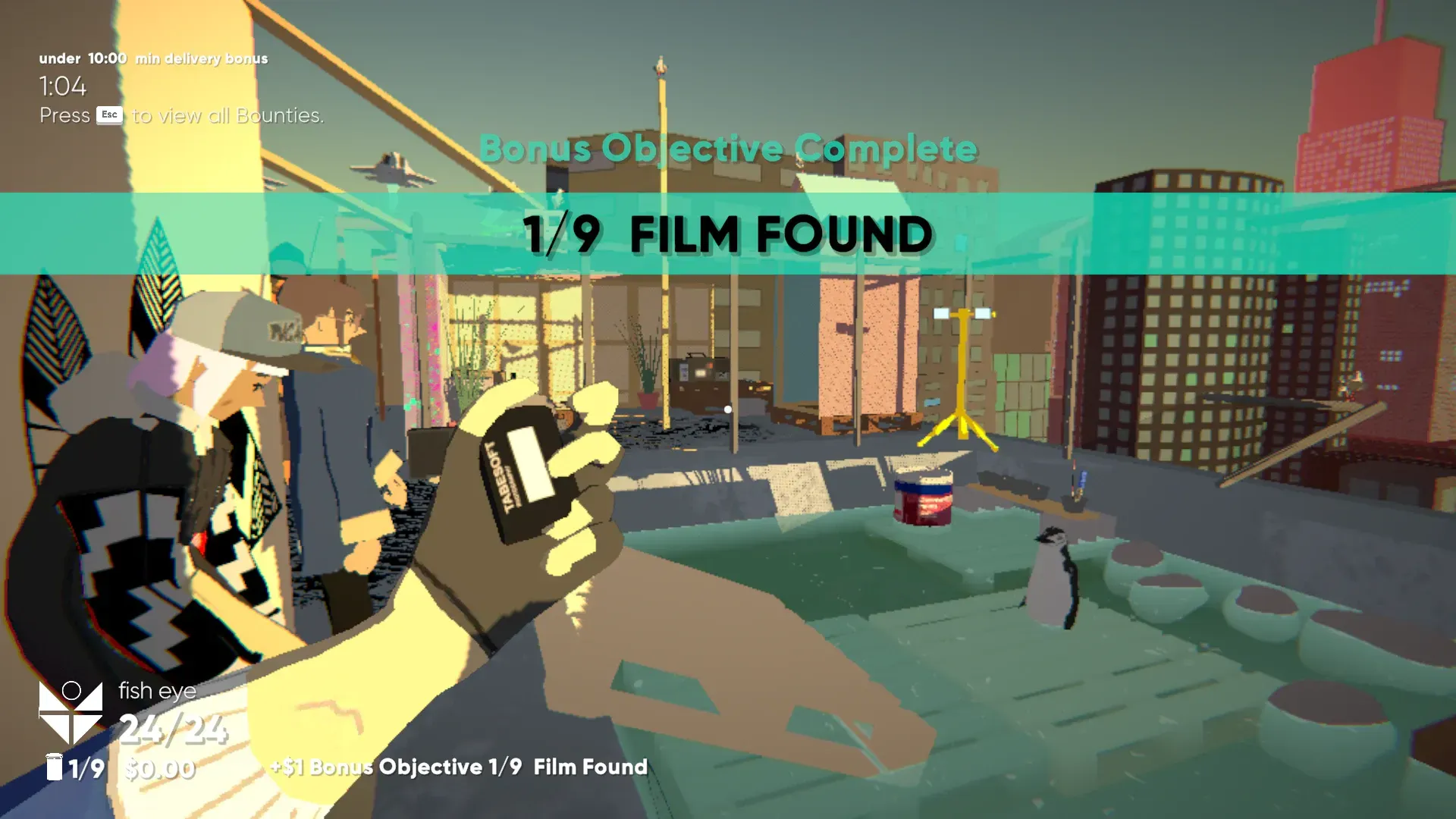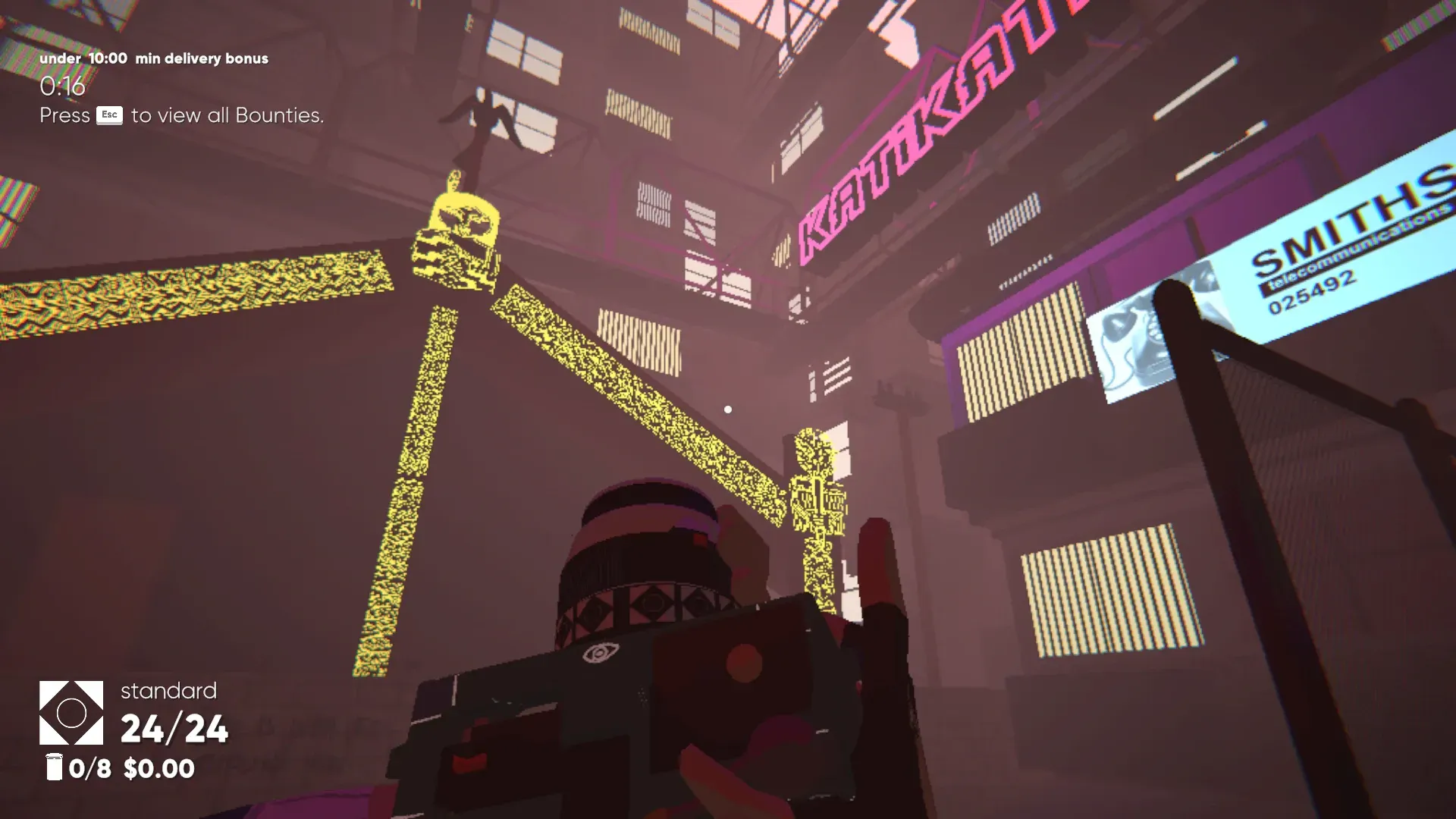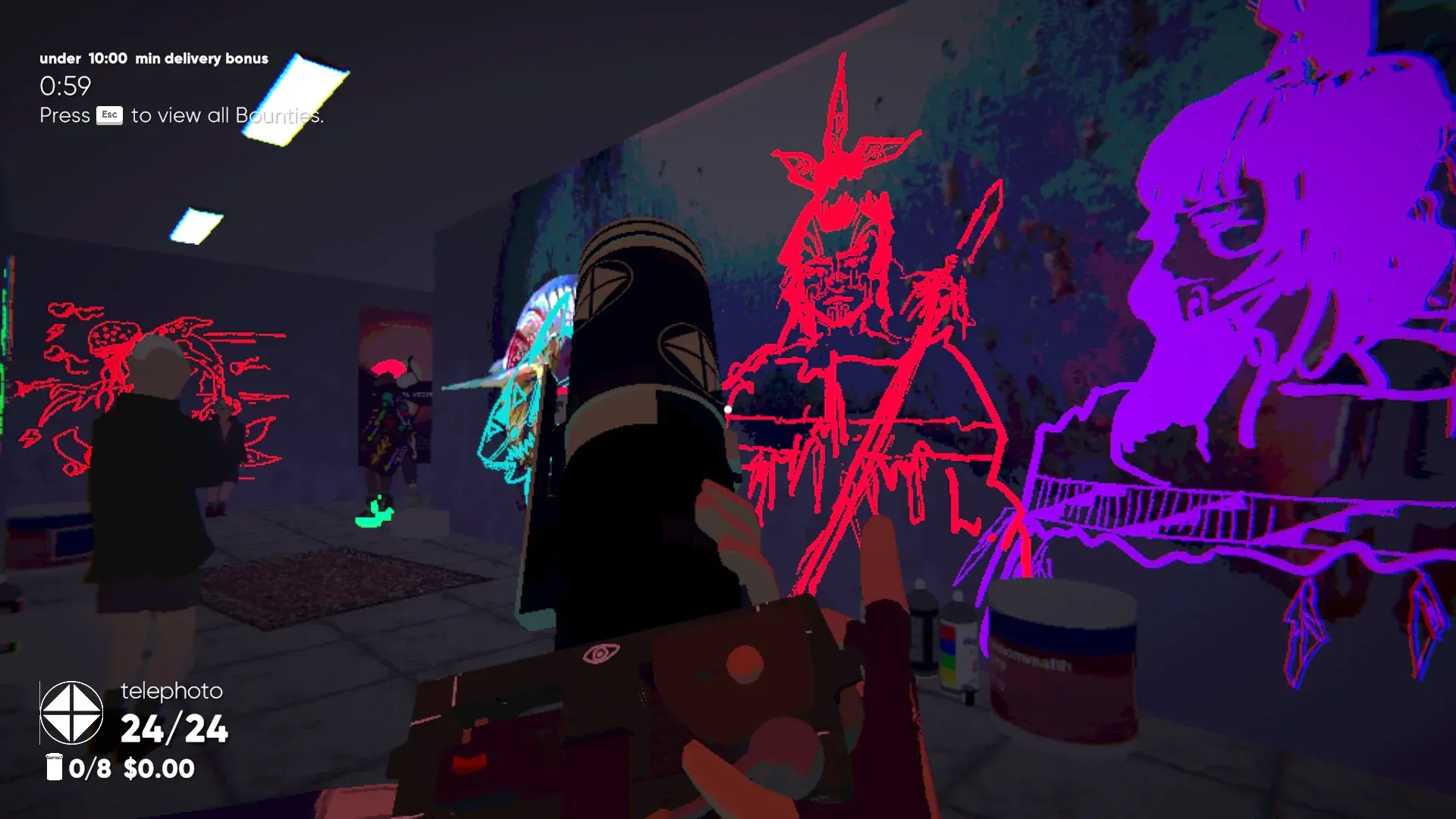Te Ao Māori Taking Gaming by Storm
Written by
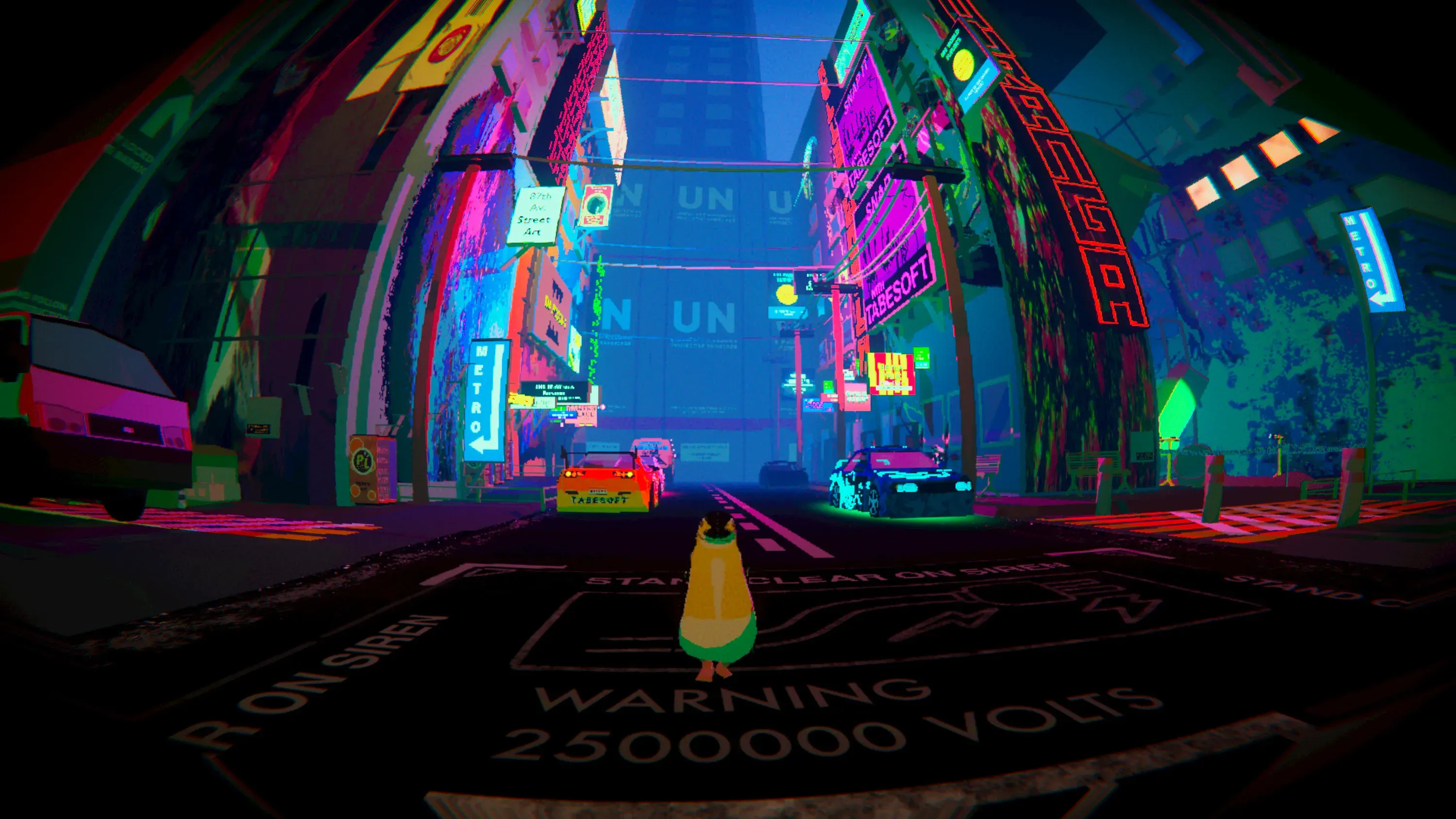
“I think people are inherently creative,” says award-winning game developer, Naphtali Faulkner. “And I knew it was a pretty safe bet to say, ‘Alright, well, let's give you as much creativity as you want.’”
Get your cameras ready.
In the award-winning game Umurangi Generation, players navigate a ‘retro-future’ dystopian Tauranga from the perspective of a Māori photographer taking snaps for the ‘Tauranga Express’. Players get full creative freedom over their shots; they even get (game) money for each photo they take.
The game has picked up international recognition and recently won the Grand Prize at the NZ Games Festival. The game’s creator, Faulkner (Ngāi Te Rangi), is an independent developer, putting games out under the moniker, Origame Digital. Umurangi Generation is his first game with the Origame name attached, and he’s excited by the attention that the game is receiving.
For one thing, he sees it as an example of making the video game industry more accessible.
“The barriers (of entry) are coming down to this point where sometimes now you don't even need to learn how to code,” he says.
“As that begins to happen, creatives can enter the space and start to make games that are less formulaic. It's this whole thing of people prodding at the medium and asking, ‘What can you actually do with this, as an artistic thing?’”
NZ's got game
Alex Woodward, of the NZ Games Festival, thinks Aotearoa is poised to become a big player on the world stage.
“Game development sits at an intersection of technology and art and, especially here in New Zealand, our industry is really just beginning,” says Woodward. “By nature of our size, we have a close-knit community with a huge potential for collaboration and creative freedom. The diversity of games coming from both studios and independent developers in Aotearoa is remarkable.”
Aotearoa's video games industry is one of growth - with a few caveats.
Faulkner is just one of these independent developers creating uniquely Kiwi IP, says Woodward.
“We have studios such as Metia Interactive and ARA Journeys, and independent developers like Naphtali, who are creating uniquely Māori stories that cannot be replicated anywhere else in the world.”
True to this unique Kiwi spirit, Umurangi Generation is one-of-a-kind.
The game is the first freeform, open-ended photography game on the market. It actually rewards the creativity of the players, and is accessible for both seasoned photographers and complete newbies. Plus Umurangi Generation places te ao Māori and indigenous perspectives (art, game objectives and elements, words and more) at its centre.
A game with a statement
On the surface, Umurangi Generation appears like a first-person photography game, set in a manga-inspired, cyberpunk future. But Faulkner explains that there are three dynamic layers to the gameplay and the world in which your protagonist interacts.
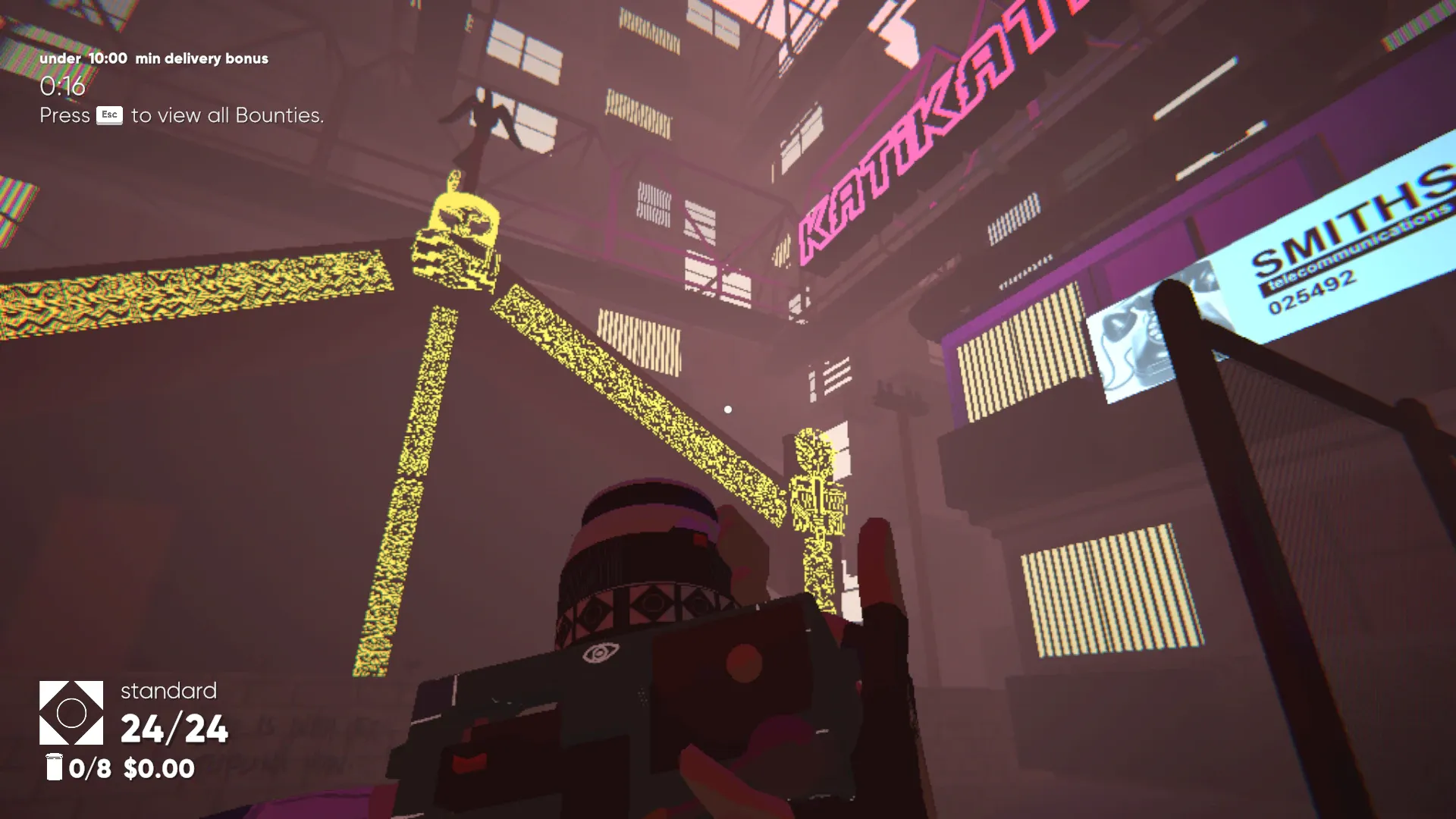
Gameplay from Umurangi Generation. Image: Origame Digital.
The first layer is that dystopian world: the player and their environment are under threat by Godzilla-esque manaia, and the player can observe clues about the government’s response to that threat.
The second layer is the social commentary that Faulkner has built into the game, which the player observes through in-game advertisements, government propaganda, and some of the game mechanics (the player, for instance, can’t photograph people’s faces).
“You go a little bit deeper,” Faulkner says, “and it's this thing about neoliberalism. It explores [these bigger ideas] by looking at how those systems operate, when you're just walking and observing through a space.”
This method of gameplay is called environmental storytelling, where the game’s true message is not exposed through overt narrative; instead, the player learns the narrative through interaction with the game’s world.
Beneath these two layers is a third layer, which incorporates indigenous knowledge and the indigenous experience. The game’s world is entrenched in te ao Māori. The player interacts with taiaha and huia, escapes manaia, and sees tāniko and raranga patterns on everything from taxi cabs to the camera your character holds.
In developing the game, Faulkner wanted to portray Māori and te ao Māori in a positive light, and steer away from tokenism.
“Oftentimes, when we see Māori portrayed in games we see this nomadic warrior. People just put moku on a character, and then they're the warrior character. Or we'll see Māori [representation] but it's ‘edutainment’. It almost feels like it's got this checklist.”
Faulkner also wanted to imbed certain game elements that would hide in plain sight, which would be obvious only to some players. “There are levels in the game called ‘invasion’,” he explains, “where you're literally beneath a site of resistance, doing resistance to a fascist government. If you're Māori and you play the game, you pick up on what's going on straight away. But that actually stays hidden from sight for most players, because it's the kind of thing where these other two layers will grab the eye first.”
Pure creative freedom
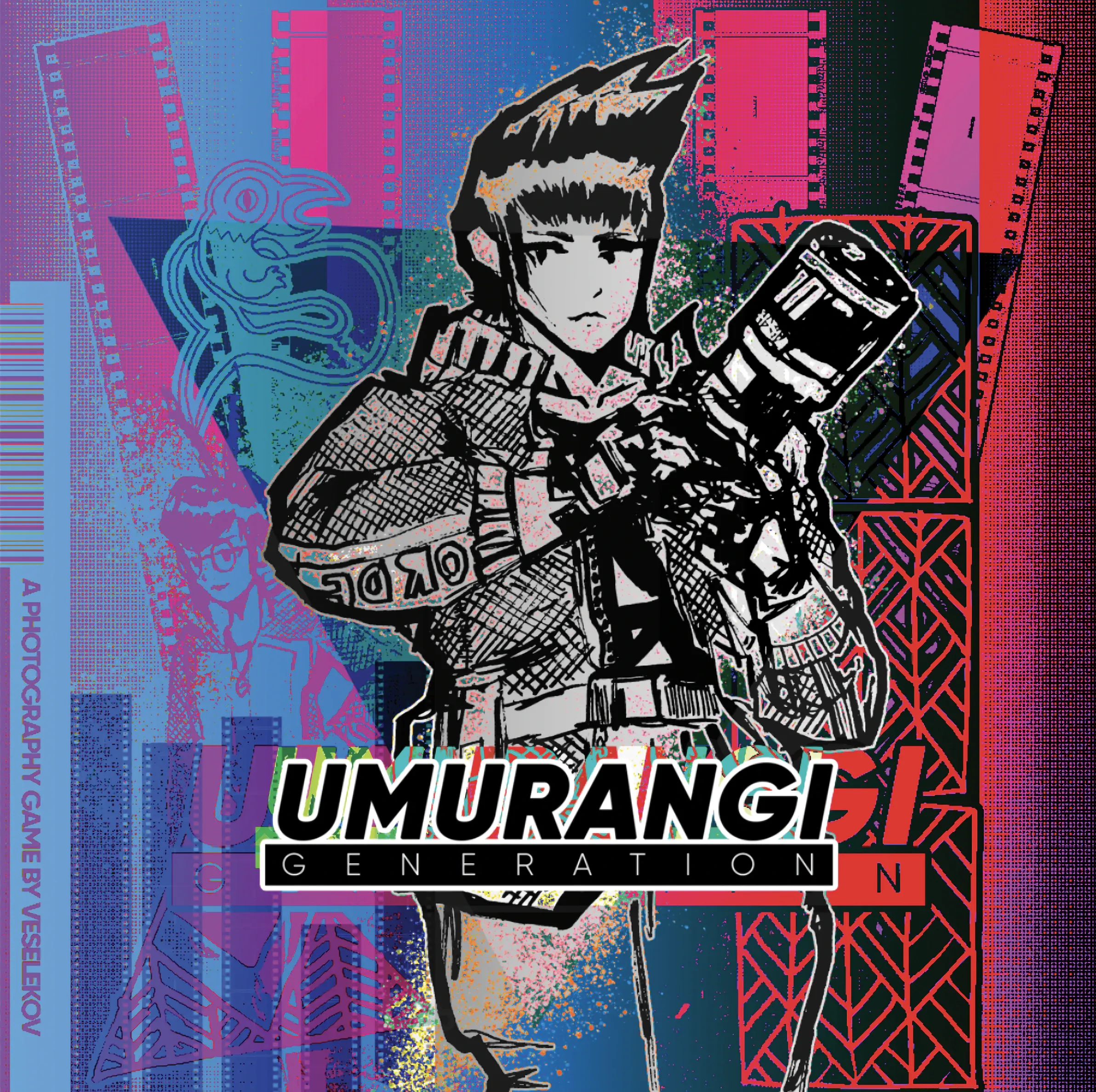
Image: Origame Digital.
Faulkner grew up in Tauranga and now lives in New South Wales. He got the idea to develop the game in response to the Australian government’s mishandling of the 2019/20 bushfires.
Frustrated with the lack of action, inability to take charge, or even to listen to indigenous groups who were familiar with the environment and wildfire dangers, Faulkner began work on Umurangi Generation.
The game’s release coincidentally overlapped with the COVID-19 pandemic. While the world was in a collective lockdown, players could wander the streets of a dystopian Tauranga and take photos of their surroundings.
The choice of a photographer as the protagonist adds to the interaction aspect of the game’s storytelling. Players are at the heart of the story. They’re able to document their world however they wish, and can freely interact with the world’s changing landscape.
"You cannot punish creativity.”
“The moment you tell players what is or isn’t a good photo, this will condition players to take photos in a prescribed way,” explains Faulkner. “You cannot punish creativity.”
This act of documentation fits into our modern world of social media, where Millennials can essentially wander their environment and snap photos, post them, and receive some form of (social) currency. But it extends even further, to the idea of historical documentation.
“Indigenous people, we have a different concept of where knowledge comes from. An example of that could be, to say, indigenous knowledge is this idea that knowledge actually exists outside of your head that, you know, is embedded within the whenua.”
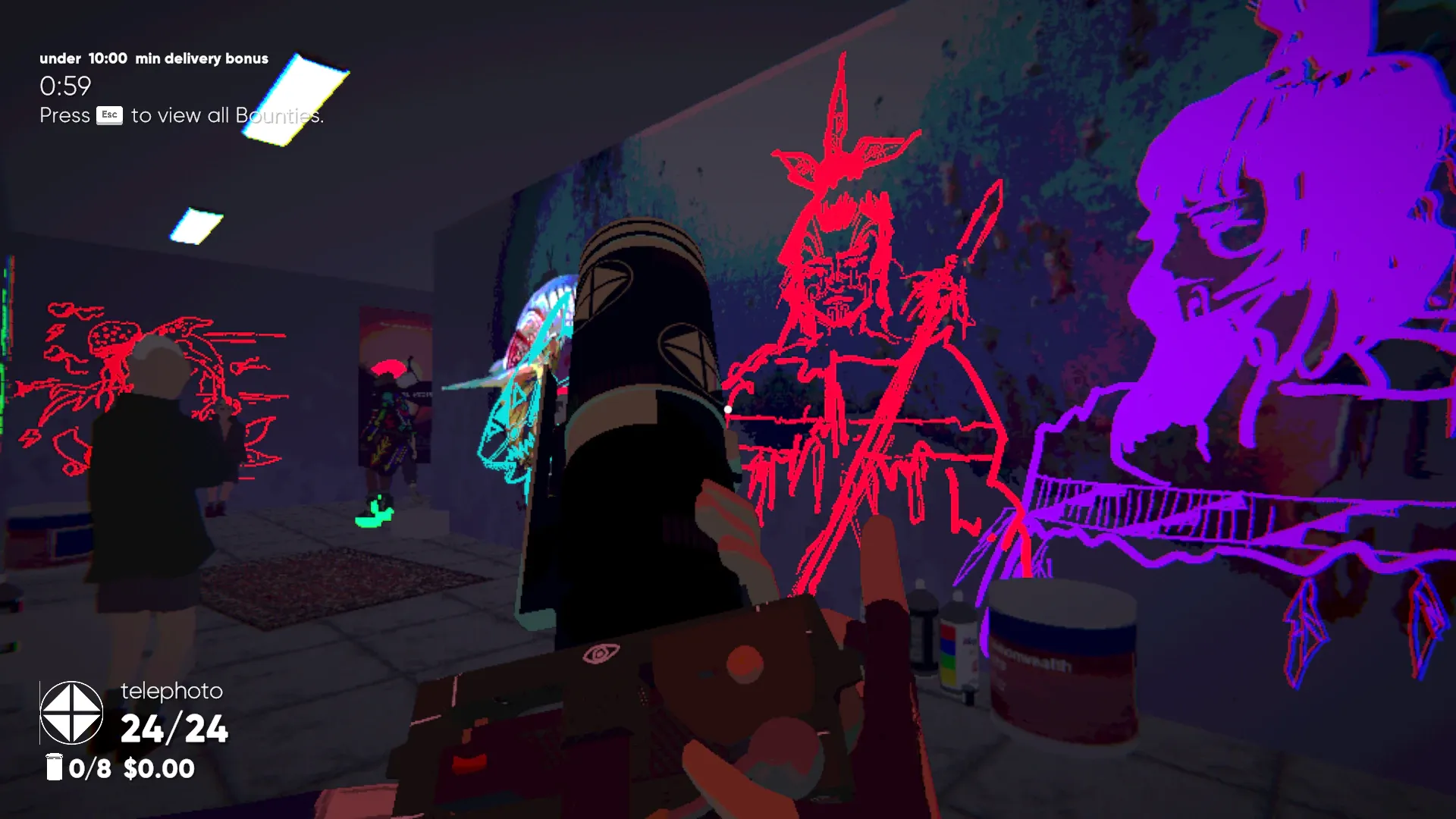
Gameplay from Umurangi Generation. Image: Origame Digital.
This indigenous knowledge lends itself to the game’s title, Umurangi Generation, as well as the world and gameplay. The word ‘umurangi’ means ‘red sky’ in te reo, and it has two meanings.
There’s the literal ‘red sky’ – a result of enormous bushfires – but there’s also the red sky of the sunset as a metaphor: the idea that the Millennial generation is the last that can do anything to fight climate change.
“It's this cyclic thing of the generations above still not fixing the problem, and passing it off to the next generation,” Faulkner states. “This is the last generation of young people where they have to watch as the other generations above them are destroying the earth in front of them.”
"Some of the (game) objectives are Māori concepts, and we're not going to dumb those down.”
Faulkner even found that he had to fight for the title while pitching the game to publishers - they thought that people wouldn’t be able to pronounce it.
“People are going to have to learn,” says Faulkner. “That's part of the game as well, because some of the objectives are Māori concepts, and we're not going to dumb those down.”
Advice for aspiring game developers

Naphtali Faulkner. Photo: Supplied.
Faulkner describes Umurangi Generation as his first ‘real’ game. He’d worked on apps for indigenous groups during his time working at a university, but that involves 2D game design – not the 3D art that players see in Umurangi Generation.
First, Faulkner wanted to see if he could do one thing really well. In this case, it was the POV camera and photography mechanics. Once he had that figured out, Faulkner could build the other elements of the game.
His advice is to start small. “Don't try to make your magnum opus first,” he says. “That will come later. A lot of [younger] developers fall into this trap with their first project, which is [to build] something way too out of scale for them.
“A lot of people try to write a story alongside their game, rather than let the game just show what's happening. And I think, while that is good, it tends to be that you're now adding 30,000 word scripts, and you might not actually have a day's worth of experience doing writing.”
And if you want to make a political game?
“Don't back off,” Faulkner says. “There’s this pushback against politics in games. I think that if you go all in, and you're not just talking about what you learned in eighth grade around like social sciences, you're going all the way to look at this at an academic level. Those people who want to detract and heckle it have to actually meet you up [on that level]. We're not doing it in easy mode.”
What’s next?
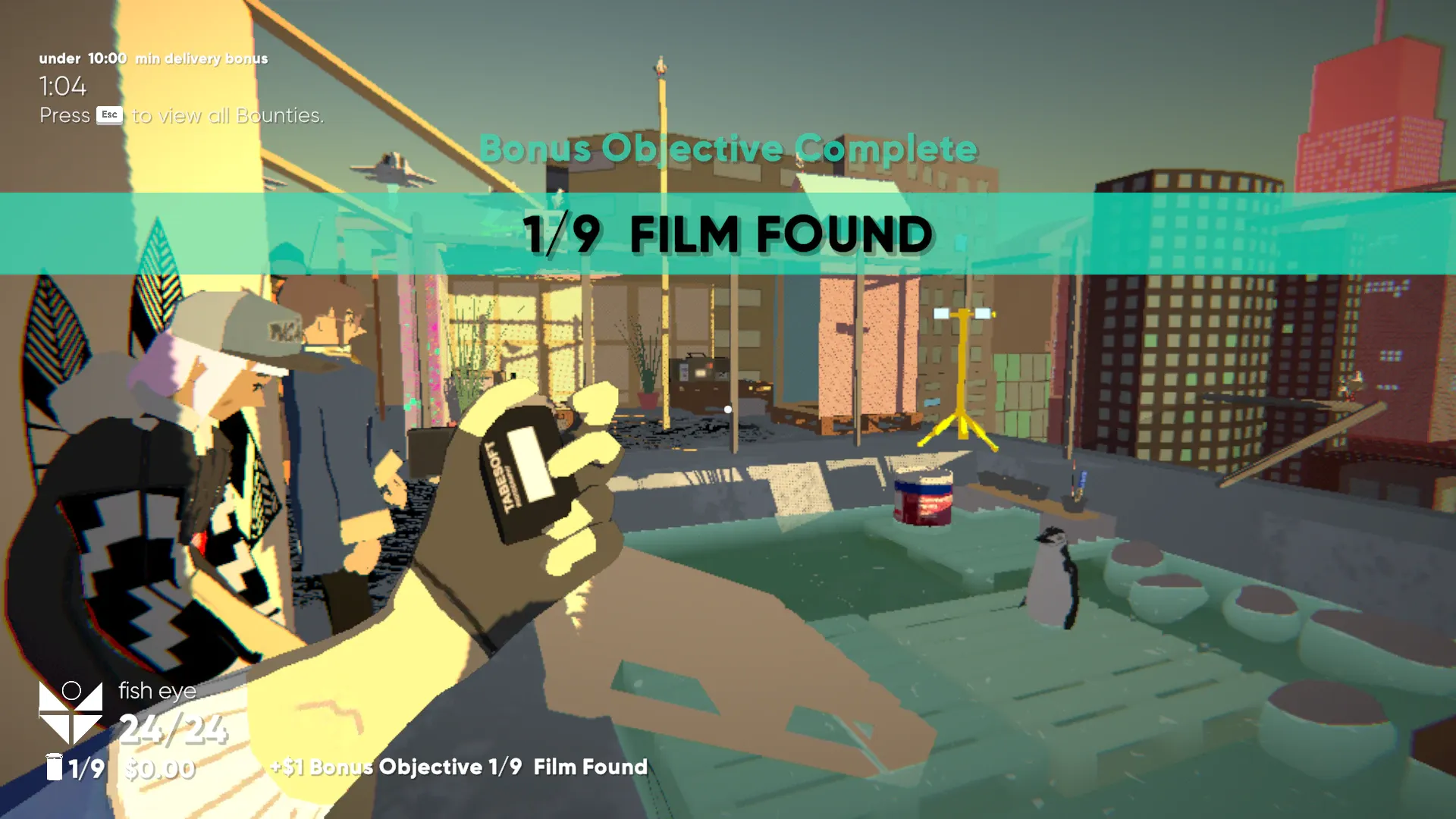
Gameplay from Umurangi Generation. Image: Origame Digital.
First things first, Faulkner is planning to translate Umurangi Generation into te reo. He wanted to translate it before the game’s initial release, but didn’t have the funding to do it right and pay people.
Faulkner is also working on a version of Umurangi Generation for the Nintendo Switch, which he says will make it even easier to point and shoot within the game, not to mention open it up to a whole new audience.
He’s hesitant to go into much detail about which projects are on the horizon, but he grins at the question. He explains he and his team have an idea for a social experiment on a spaceship.
“We want to look at very specific ideologies within the neoliberal space,” he says. “What would happen if your Marxist and your MAGA Boomer have to go and like, fix the lights?”

